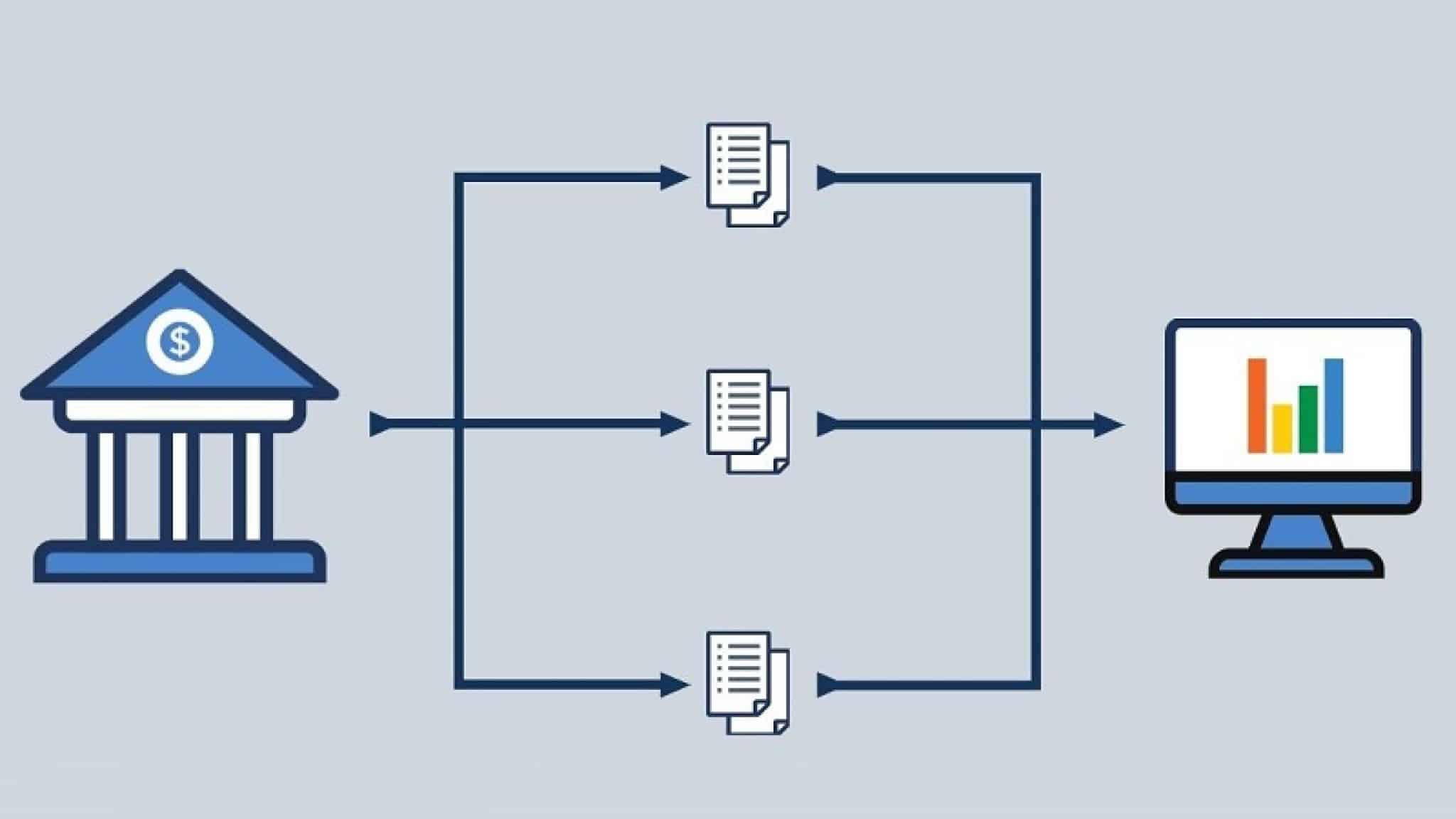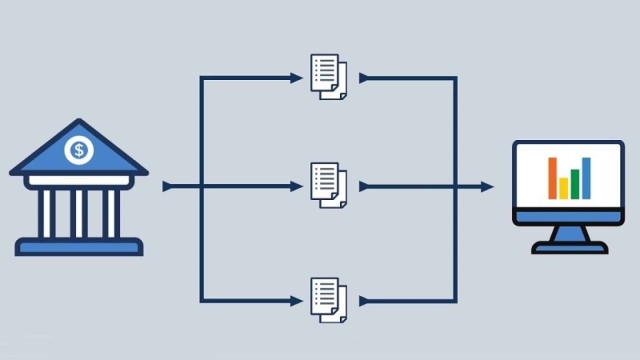In today’s rapidly evolving world of banking, there has been a remarkable surge in the adoption of banking automation. This technological revolution has paved the way for the rise of robotic bankers, transforming the way financial institutions operate and serve their customers. With the advent of cutting-edge automated systems and Artificial Intelligence (AI), banks are now reaping the benefits of enhanced efficiency, accuracy, and speed in their operations.
Banking automation brings forth a multitude of solutions that guide financial institutions towards a more streamlined and effective approach. Gone are the days of long queues and tedious paperwork; customers can now experience the convenience of self-service kiosks, online banking platforms, and mobile applications. These innovations empower individuals to carry out various transactions at their own convenience, all while ensuring security and privacy are upheld.
As banks continue to embrace these advancements, they are witnessing a significant reduction in human error, allowing for better risk management and enhanced audit trails. The time-consuming and monotonous tasks that were once performed by human employees are now seamlessly handled by intelligent robotic bankers, liberating valuable time and resources for more complex and strategic endeavors.
The world of banking is evolving at an unprecedented pace, and the rise of robotic bankers is at the forefront of this transformative shift. With banking automation steadily cementing its place in the industry, it is clear that this technological revolution is revolutionizing the way we bank, promising a future of enhanced efficiency, convenience, and customer satisfaction.
Benefits of Robotic Bankers
Robotic bankers have emerged as a game-changer in the world of banking automation, offering a wide range of benefits to both financial institutions and their customers. These innovative solutions have revolutionized traditional banking processes, and here are some key advantages they bring:
Enhanced Efficiency: One of the primary benefits of robotic bankers is their ability to streamline mundane and repetitive tasks. By automating routine processes such as data entry, transaction processing, and document verification, these intelligent systems significantly reduce manual effort and the potential for human errors. As a result, banks can operate more efficiently and allocate their human resources to more complex and strategic activities.
24/7 Availability: Unlike human employees, robotic bankers are available round the clock, providing uninterrupted service to customers. Whether it’s handling inquiries, processing transactions, or providing account information, these automated systems ensure that customers can access banking services at any time, without being limited by business hours. This level of accessibility enhances customer experience and helps foster loyalty towards the financial institution.
Enhanced Security: Robotic bankers play a crucial role in strengthening the security of banking operations. Equipped with advanced fraud detection algorithms and encryption technologies, these robots can spot suspicious activities and protect sensitive customer data from potential breaches. By minimizing the risk of cyberattacks and ensuring data integrity, robotic bankers provide customers with peace of mind while conducting their financial transactions.
In conclusion, the rise of robotic bankers in the realm of banking automation has brought about numerous benefits for both financial institutions and customers alike. Through enhanced efficiency, 24/7 availability, and improved security, these intelligent systems have transformed the way banking services are delivered, providing a streamlined and convenient experience for all stakeholders.

Challenges and Limitations
One challenge that arises with banking automation is the need for robust security measures. As financial institutions increasingly rely on technology to handle various operations, protecting customer data and preventing fraud becomes paramount. It is essential to develop advanced encryption methods and multi-factor authentication systems to safeguard sensitive information from unauthorized access.
Another limitation is the potential impact on employment within the banking industry. While automation brings efficiency and cost reduction benefits, it also raises concerns about job displacement. As banks adopt automated systems, certain positions may become redundant, requiring employees to adapt their skills or seek alternative employment opportunities. Striking a balance between automation and preserving human involvement is crucial to ensure a smooth transition without causing significant disruptions in the workforce.
Moreover, the challenge of customer acceptance and trust needs to be addressed. Some individuals may be hesitant to embrace fully automated banking services due to concerns about reliability and personal interaction. To alleviate these concerns, it is essential to educate customers about the benefits of automation, such as enhanced convenience, improved accuracy, and quicker processing times. Building trust in automated systems and providing reliable customer support channels can help overcome these challenges.
The Future of Banking Automation
Software To Create Forms
The future of banking automation holds immense potential for transforming the way we manage our finances. With advancements in technology, the banking industry is witnessing a significant shift towards automation to enhance efficiency and improve customer experiences.
One area where we can expect to see a major impact is in customer service. Traditional banking processes, such as opening accounts, applying for loans, or resolving queries, often involve time-consuming manual interactions. However, with the rise of robotic bankers, these tasks can be streamlined and performed with greater speed and accuracy. Robotic bankers can handle customer inquiries, provide personalized assistance, and even suggest suitable financial products, revolutionizing customer service in the banking sector.
Another aspect of banking automation that holds great potential is risk management. Automated systems can analyze vast amounts of data in real-time, constantly monitoring transactions and flagging any suspicious activities. By leveraging artificial intelligence and machine learning, these systems can detect patterns and anomalies, significantly reducing the risk of fraud and enhancing security measures. This proactive approach to risk management will unquestionably be crucial in the future of banking automation.
Additionally, banking automation has the potential to optimize the overall operational efficiency of financial institutions. By automating routine tasks, such as data entry, account reconciliation, and report generation, banks can reallocate their human resources to more complex and value-added activities. This will not only save time and costs but will also enable employees to focus on providing personalized services and strategic decision-making, ultimately benefiting both banks and their customers.
As technology continues to advance and automation becomes more sophisticated, the future of banking automation looks increasingly promising. From improving customer service to revolutionizing risk management and enhancing operational efficiency, automation is set to play a pivotal role in reshaping the banking industry. Embracing these emerging technologies will undoubtedly yield a transformative impact, propelling the world of banking into a new era of innovation and convenience.




